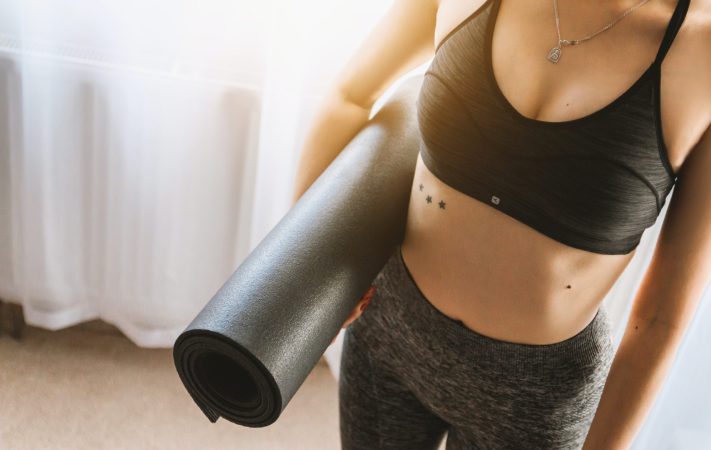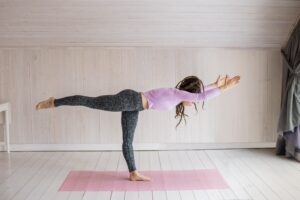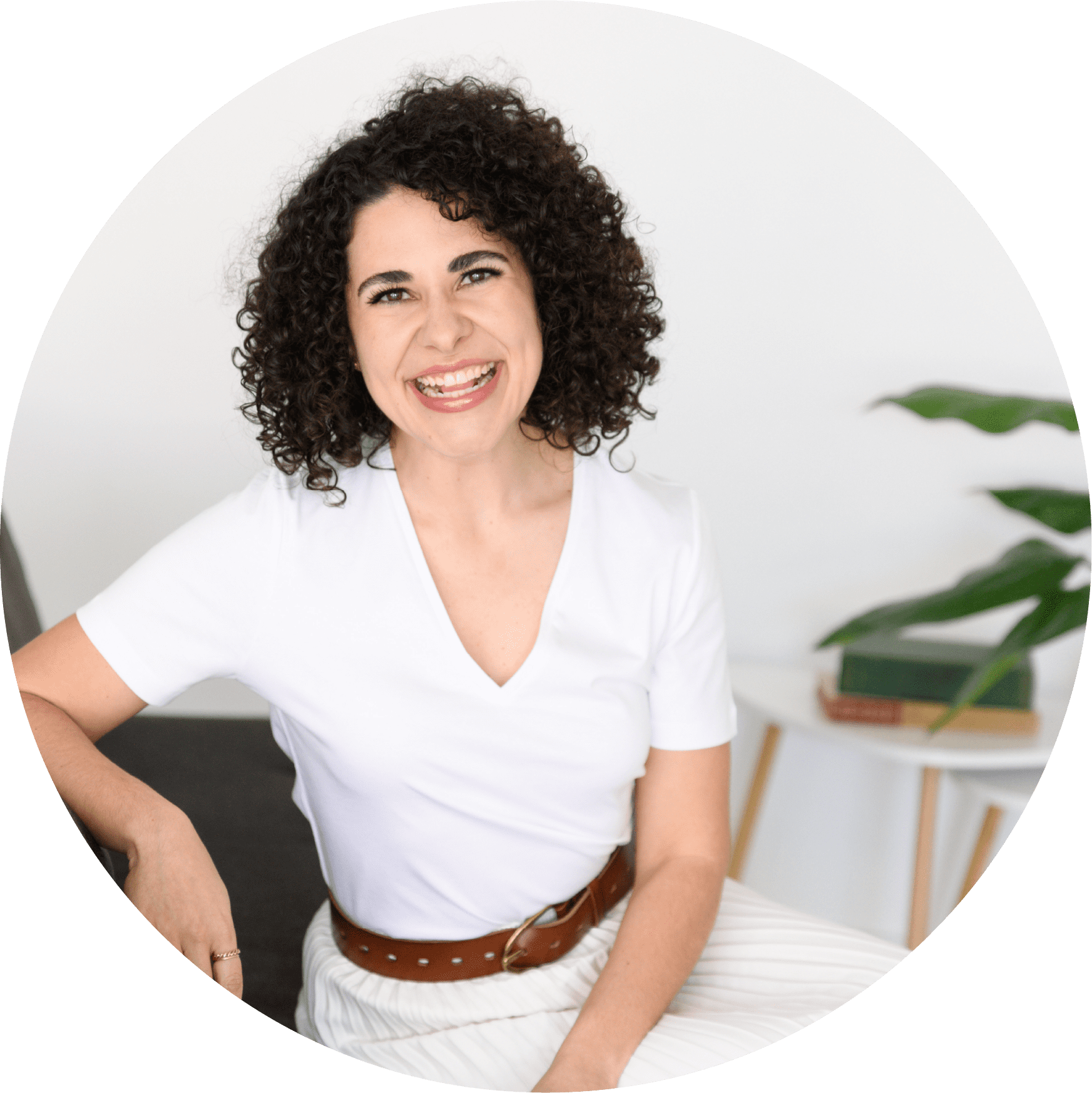Read about 4 steps to take before attending a yoga class
You may be heading to your first class ever or you may be on year 20 of yoga. As a beginner or seasoned practitioner it is easy to forget that when you are taking a yoga class you are sharing your practice with others and others are sharing theirs with you. A yoga class can be a space for connection with others as well as with your body, mind, and soul. It can be helpful to take a step back before you walk into the yoga space whether that is in your home, studio, gym or otherwise and reflect on the experience you are about to take part in. I want to take a moment to look at 4 tips for you to keep in mind as you begin your practice.
Open Mind
We all have expectations whether we realize them or not. This can be especially true when you attend a yoga class as you are looking to get something out of it like looser hips, a sense of calm, to relax, etc.. You will have expectations and it’s important to also remain open to what the practice could bring. Yoga has a way of surprising you if you let it.
Listen to your body
The teacher is technically the one leading the yoga practice however they are just a guide. Your body is the true leader of your yoga practice so listen to what it is saying. It’s easy to get caught up and want to push ourselves further than our body’s able to go. This will lead to an injury. The opposite can be just as true when you do not listen to your body’s ability to deepen and go to a different place in a pose that you might have done several times. So listen, listen, listen and let your body lead.
👉 What type of Yoga do I go to? Check here!
Own your yoga
It can be difficult to be in a yoga studio and take a look around at all the other practitioners and start to compare your practice to theirs. You may feel inadequate or experience imposter syndrome, where you have an overwhelming sensation that you do not belong, we’ve all been there. It is important to own your practice and focus on what you are doing. You are doing yoga for you!
Child’s pose
I say child’s pose but what I really mean is take a resting pose. Even if the teacher doesn’t cue it. Take a resting pose not just when you need it but when you want it. It is important to honor what you have done in a yoga class and to give yourself and your body permission to find ease. Child’s pose is a great pose for ease but it can also be a bit much on the hips and knees. You can also lay down, sit with legs out in front of you, or make up your own pose of rest.
Whether it’s your thousandth practice or your first. I hope this post gives you tips to keep in mind when you attend a yoga class be it in person or online.
I look forward to hearing from you and hope this helps you as you take your own powerful and transformative journey. Per usual take what fits for you, leave what does not, and join me next time. Until then let’s stay social
















